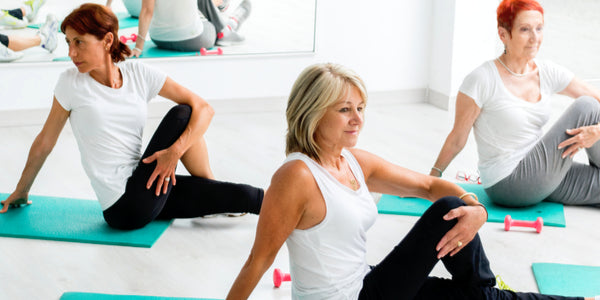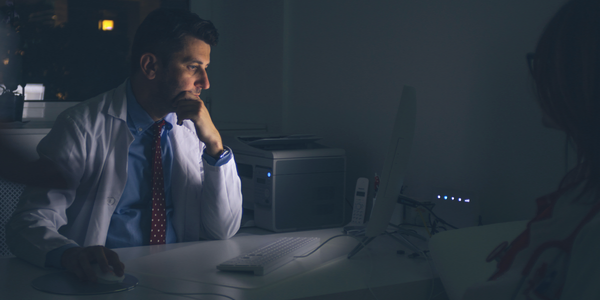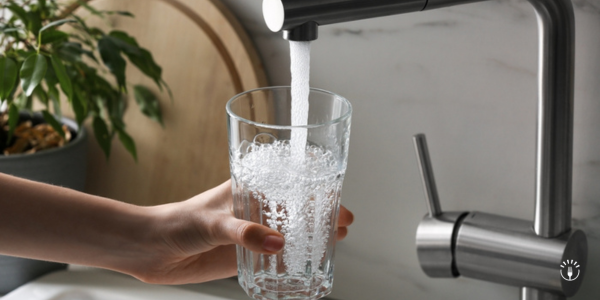
Menopause is the ceasing of menstrual cycles. It is caused by the natural decline in women reproductive hormones, estrogen especially.
Low estrogen levels lead to classic symptoms women experience often, including hot flashes, night sweats, and mood swings. Menopausal women are also at risk of heart disease, bone loss, and other chronic diseases.
Since menopause is mostly a natural consequence of aging, there is no cure. However, there are many options available to subside negative symptoms and improve quality of life, including with exercise.
Exercise and Menopause
Exercise is recommended across the lifespan, including throughout menopause. What's more, women can improve physical, mental, and emotional health by adopting an active lifestyle.
Commonly recognized benefits of exercising during menopause include:
• Weight loss and maintenance: Menopausal women are at greater risk of weight gain. An exercise program can help burn calories and preserve metabolic health to maintain healthy body weight.
• Menopausal symptom relief: Exercise may offer menopausal symptom relief, especially from hot flashes, by regulating body temperature. Obesity worsens menopause symptoms, too. This suggests maintaining a healthy weight can lower the risks and intensity of such symptoms.
• Heart health: Heart disease is the leading cause of death in the U.S and amongst women after menopause. However, exercise is well known for improving cardiovascular health, including improving blood pressure and cholesterol.
• Improved insulin sensitivity: Living a sedentary lifestyle and not getting enough physical activity increases the risk of insulin resistance in itself. But menopausal women are at greater risk of insulin resistance. Regular physical activity helps the body utilize glucose and regulate blood sugars, in turn lowering risks of weight gain and diabetes.
• Muscle mass preservation: Muscle loss tends to be a natural consequence of aging. Losing muscle, in turn, decreases metabolism and the rate in which calories are burned. But exercise, particularly resistance training, can preserve muscle.
• Sleep quality improvement: Menopause can affect sleep related to hormonal changes, symptoms, and stress. Regular exercise shows to improve sleep by inducing sleep and increasing sleep duration. It can also improve sleep quality.
• Bone support: Declining bone strength and osteoporosis are risks during aging and menopause. Including weight-bearing exercises in a workout regimen can protect against bone loss and consequent fall risks.
• Boosted mental health: There can be a large impact of menopause on anxiety, mood, and overall mental health. Exercise extends beyond physical health and can stave from stress, depression, and anxiety.
Best Exercises for Menopause
Recommended types of exercise during menopause include cardiovascular and strength trainings. Balance and flexibility exercises are beneficial, too.
As a general rule, aim for at least 150 minutes of cardio weekly or 30 minutes most days of the week. Also, incorporate strength training most days of the week. Focus on the major muscle groups, including the back, chest, arms, and legs.
However, there are many ways to get active beyond structured menopause workout plan. Some ideas to increase physical activity include the following:
1. Get the entire family involved.
Getting active with the family bolsters health to not only you but others involved. It is also a fun way to create lasting memories together.
Walking the dog, hiking, and riding bikes around the neighborhood are just a few ways to get the entire family involved and active.
2. Increase activity at the office.
Sit at a desk the stent of the workday? Fortunately, there are many ways to increase activity at the office.
For instance, take a brisk walk during lunch breaks and recommend walking meetings with coworkers. Also, break from sitting by standing when on the phone and take a longer route to the bathroom.
3. Tackle work around the house.
Tackling household work can act as a win-win. Not only will a cleaner house be on the horizon, but it can count as physical activity.
Active household work includes vacuuming, mopping, and dusting. Also, take the work outdoors by washing the car, raking the leaves, and cutting the grass with a push lawnmower.
4. Join a gym or community center.
Joining a local gym or community center is a great opportunity to explore different types of exercises. These include, but are not limited to, swimming, recreational sports, and cycling classes.
Most gyms tend to employ personal trainers as well. They can help build a personal program tailored to needs and instruct on how to use workout equipment properly.
5. Get a workout buddy.
Having a workout buddy is helpful in regards to heightened support, motivation, and accountability.
Exercising with a workout buddy also makes the health journey more enjoyable and fun!
6. Sign up for a race.
Because a race often requires ongoing training, signing up for one can help you stay active during menopause. It is also fun, yet motivating, especially if joining a running group in the local area.
After crossing the finish line, you might be inspired to tackle a longer race or run at a quicker pace!
7. Slow down the pace.
Getting active does not always mean vigorous exercise with speed and heavy weights. Slowing down the pace with yoga and other stretching exercises can offer physical benefits while being easy on the joints.
Yoga and meditation practices also promote relaxation and manage stress. Practicing yoga has shown to improve personal scores of well-being and depression, too.
All-in-all, there are many ways to be active and exercise during menopause. But before jumping into any new exercise regimen, talk with your primary care provider to ensure utmost safety.
Ultimately, too, complete physical activity that you enjoy the most. Because, truly, the best exercises are the ones you love and will do consistently.







